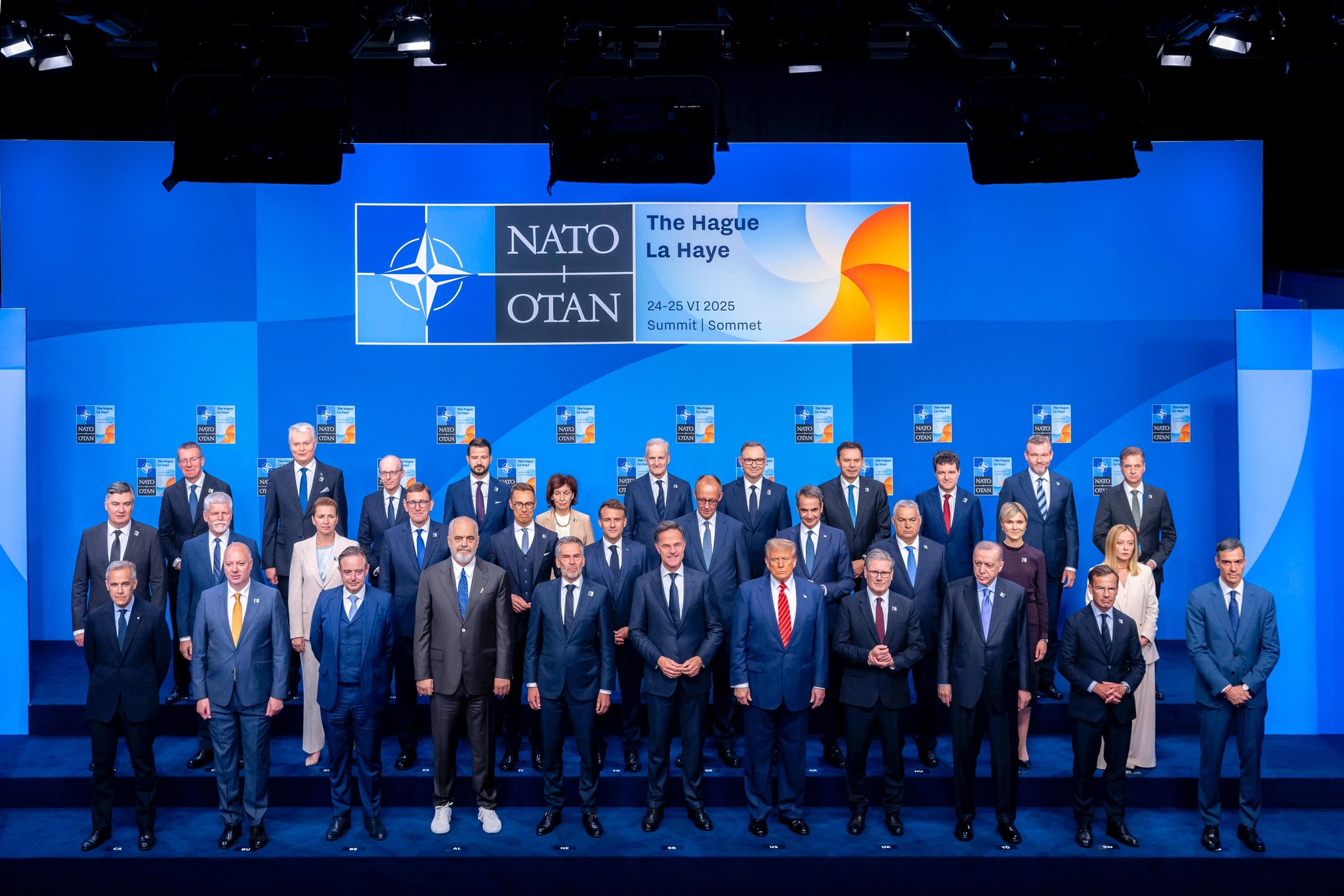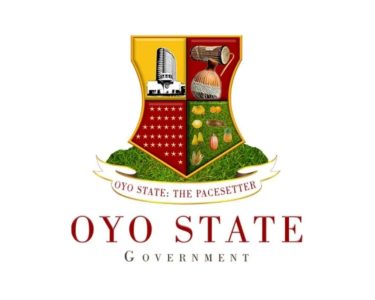NATO summit ends with bigger defense goals, Ukraine support and strategic caution
Summary
- Allies agree to raise defense spending to 5% of GDP by 2032 amid rising global threats
- Ukraine receives long-term backing but no membership timeline as divisions persist
- NATO pledges enhanced deterrence and industry innovation in response to hybrid threats
- Summit marked by U.S.-Europe tensions, brief declaration, and tight security measures
The Hague — The 2025 NATO Summit concluded in The Hague on Tuesday with member states approving sweeping commitments to bolster defense spending, reaffirm support for Ukraine, and prepare for emerging global threats, even as transatlantic divisions over Russia and Ukraine continue to simmer.
In one of the summit’s most significant moves, NATO leaders endorsed a new defense investment target of 5% of GDP by 2032, split between 3.5% for traditional military spending and 1.5% for related infrastructure and cyber capabilities.
The decision comes amid increased pressure from U.S. President Donald Trump, who has long criticized European allies for depending too heavily on American military funding, which currently covers 65% of NATO’s defense budget.
Support for Ukraine remained a central theme, with NATO reaffirming a commitment to deliver €50 billion annually in long-term assistance. However, Ukraine’s aspirations for full NATO membership received a lukewarm response.
President Volodymyr Zelensky was present but excluded from the main North Atlantic Council meetings, a reflection of the U.S.’s cautious stance on fast-tracking Ukraine’s membership under the Trump administration.
The summit also emphasized the need to ramp up defense industry capacity and innovation. NATO launched an Updated Defense Production Action Plan, a Commercial Space Strategy, and a Rapid Adoption Action Plan to enhance its technological edge and improve deterrence. These initiatives were unveiled at the NATO Defense Industry Forum held on the summit’s first day.
Leaders approved new plans to strengthen NATO’s deterrence posture, particularly in the Baltic Sea region, and stressed a renewed commitment to collective defense under Article 5 of the NATO treaty.
Russia’s war in Ukraine, China’s alignment with Moscow, and Middle East tensions, including Iran-Israel hostilities, were discussed, but the alliance postponed a new strategy on Russia, influenced by U.S. diplomatic overtures toward Moscow.
The summit, chaired for the first time by new NATO Secretary General Mark Rutte and hosted by the Netherlands, featured heightened security measures, including 27,000 police officers and a security budget of €183.4 million.
The event concluded with a concise five-paragraph joint declaration, an intentional effort to minimize internal disagreements and avoid public rifts, particularly on contentious issues like Ukraine’s NATO future.
Beyond the closed-door sessions, NATO and Dutch institutions co-hosted a Public Forum and launched a traveling exhibition to engage the public, especially youth, on the alliance’s evolving role.
While the summit sought to project unity, observers noted lingering U.S.-European tensions, especially on long-term commitments to Ukraine and the direction of NATO under shifting global dynamics.







